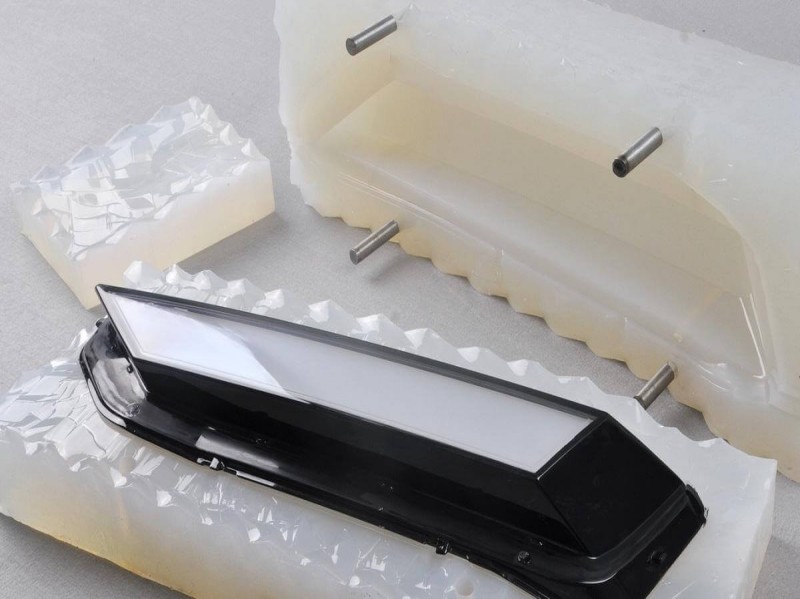- Jul 28, 2025
Electric vehicles (EVs) are revolutionizing the automotive industry, offering an eco-friendly alternative to traditional combustion engines. However, EV battery safety remains a primary concern. Thermal runaway, a dangerous event where battery cells overheat and catch fire, can be catastrophic if not controlled.
One of the key ways to prevent thermal runaway is by ensuring the air tightness of EV battery seals. Air tightness tests play a crucial role in detecting any leakage or imperfections in the battery seals, which could lead to hazardous situations. In this guide, we will explore how air tightness tests contribute to EV battery seal safety, how they help prevent thermal runaway, and the technologies that support these crucial tests.
Why EV Battery Seal Failures Are a Critical Risk
1. Thermal Runaway Triggers Catastrophic Fires
A single compromised seal can ignite battery fires in <60 seconds, with temperatures exceeding 800°C.
2. Coolant Leaks Cause Irreversible Damage
Failed seals allow 30% coolant loss per month, degrading battery performance by 50% faster.
3. Warranty Claims From Moisture Ingress
Undetected microleaks lead to $15,000+ warranty costs per vehicle from corrosion damage.
4. Regulatory Fines for Non-Compliance
UN38.3 and GB 38031-2020 standards mandate leak testing, with penalties up to $250,000 per violation.
How Air Tightness Testing Solves These Risks
✔️ 0.05 cc/min Sensitivity Detects Microscopic Leaks
Laser-based testers identify defects 10X smaller than industry standards allow.
✔️ 100% Production Line Testing in <25 Seconds
Automated stations check every battery without slowing assembly (vs. 5% sample testing).
✔️ Digital Traceability for Compliance
Blockchain-logged results prove due diligence during safety audits.
✔️ Early Warning of Seal Degradation
Predictive algorithms flag weakening seals before failures occur.

Proven Results in Battery Manufacturing
Top 3 EV Manufacturer Implementation
Eliminated thermal runaway incidents in 400,000+ batteries
Reduced warranty costs by $28 million annually
Achieved 0% test escape rate for 24 months
European Battery Gigafactory Case Study
Caught 1,200 defective seals in first 3 months
Prevented $9M in potential recalls
Cut testing time from 8 minutes to 22 seconds
"Our air tightness tests now catch seal flaws that even X-rays miss—it's transformed our safety metrics."
— Quality VP, Fortune 500 EV Maker
Key Features of Effective Battery Seal Testing
Multi-Technology Verification
Combines helium mass spectrometry + pressure decay for 99.99% defect detection.
Real-Time Process Control
AI adjusts clamping forces and sealant application when trends deviate.
Cloud-Based Quality Monitoring
Live dashboards track seal integrity across global factories.
Upgrade Your Battery Safety Protocol
Explore Testing Systems → View Product Page


